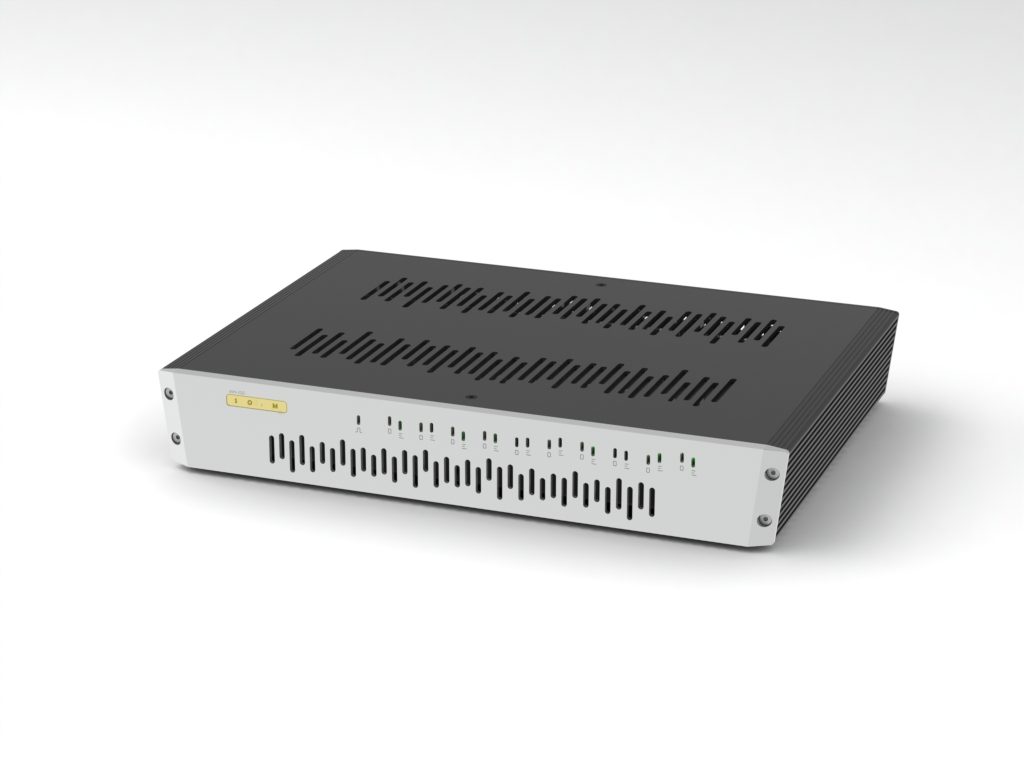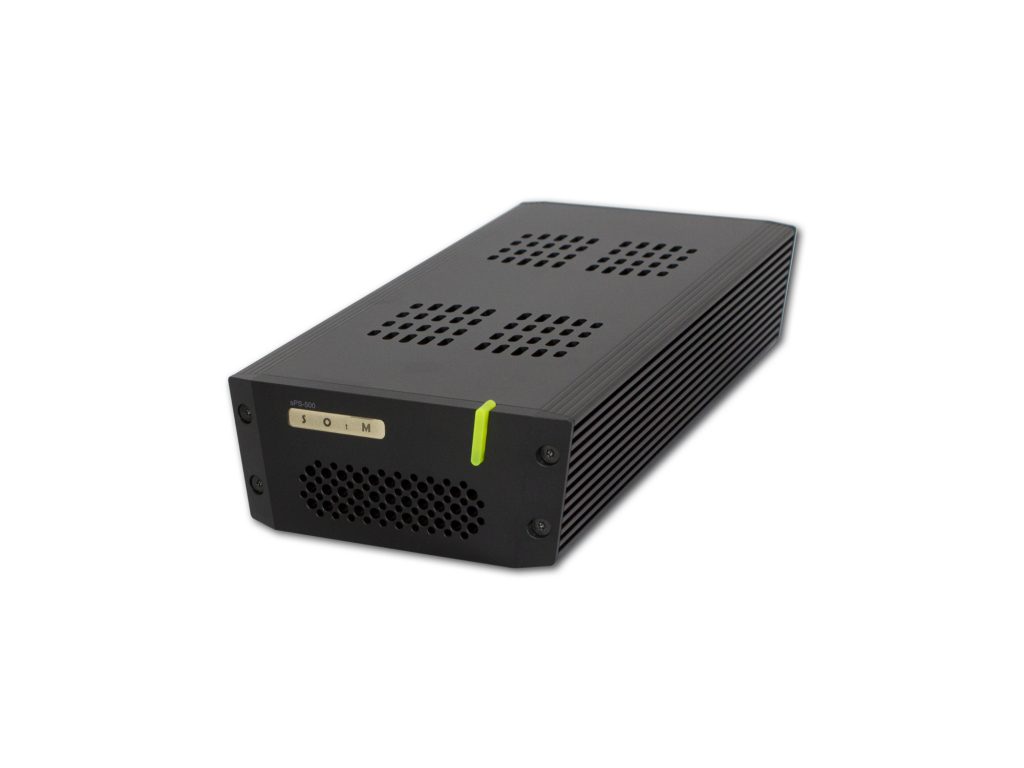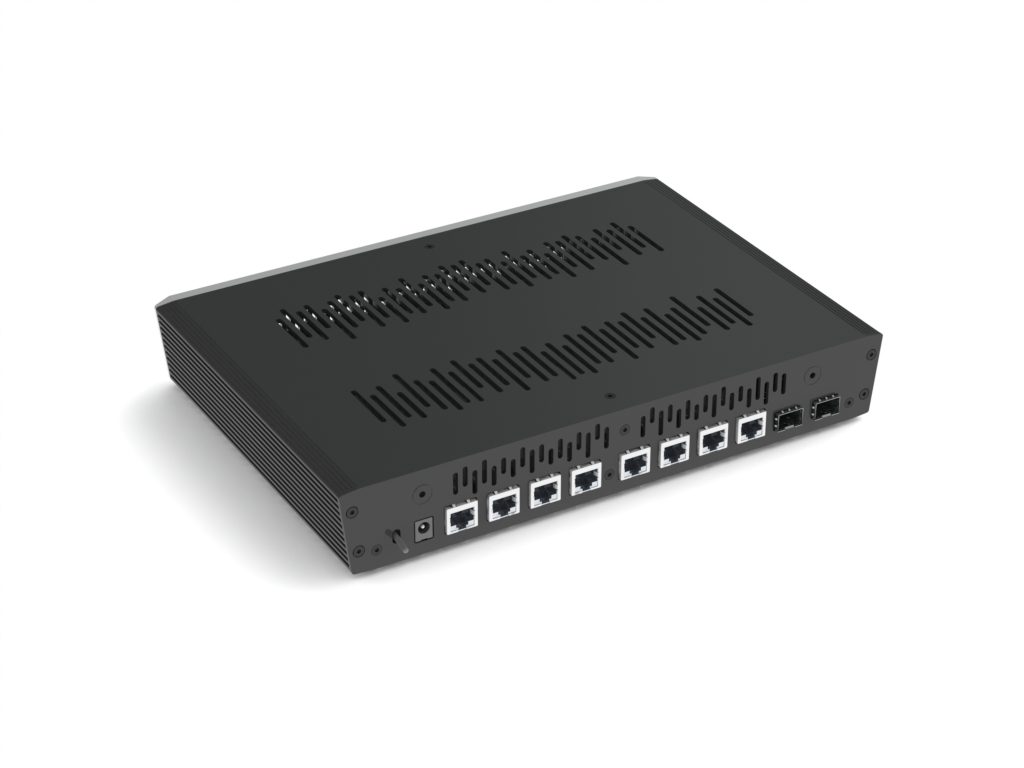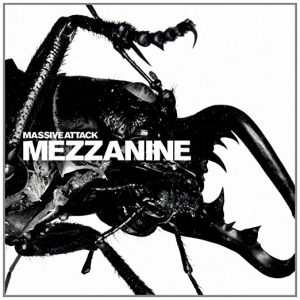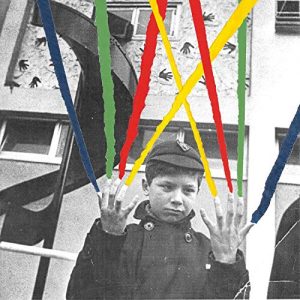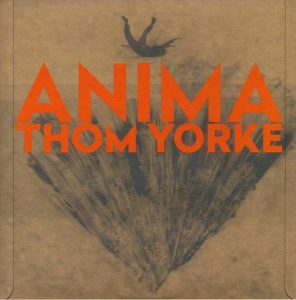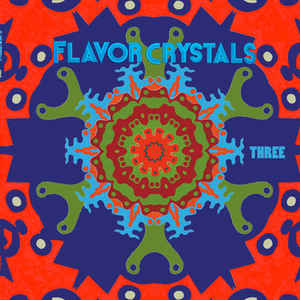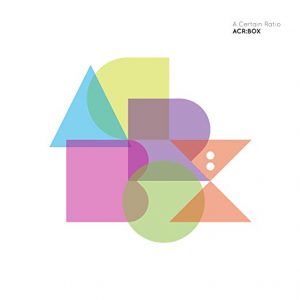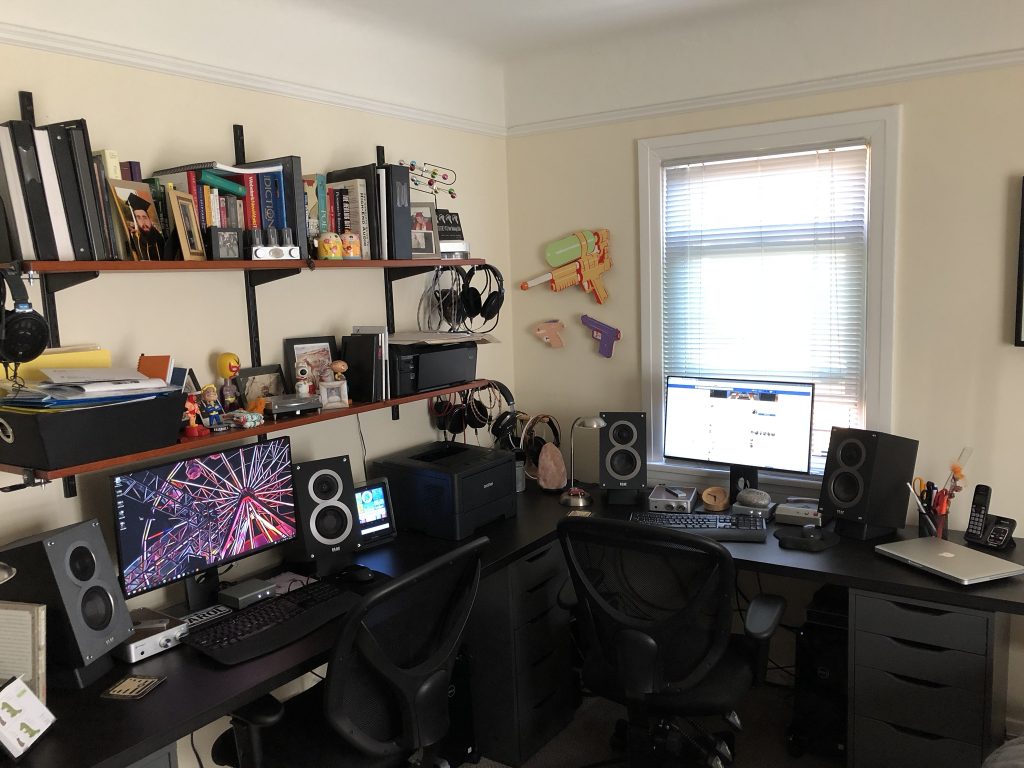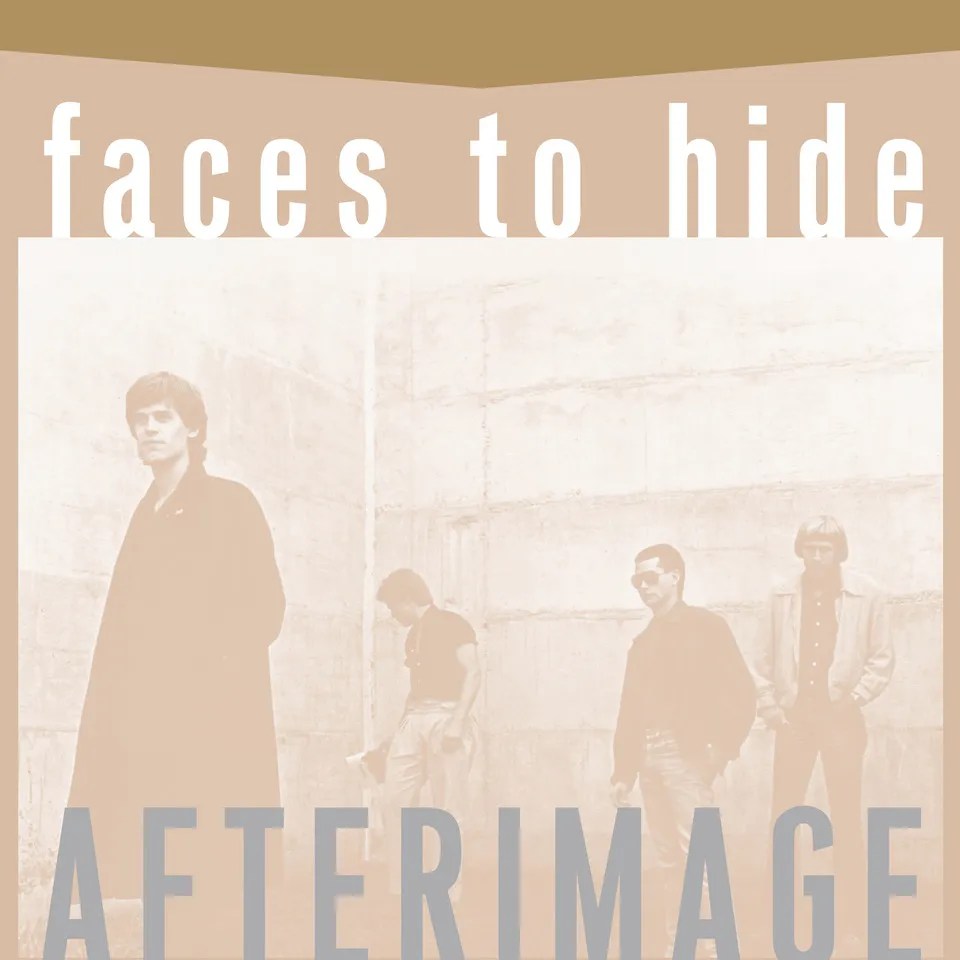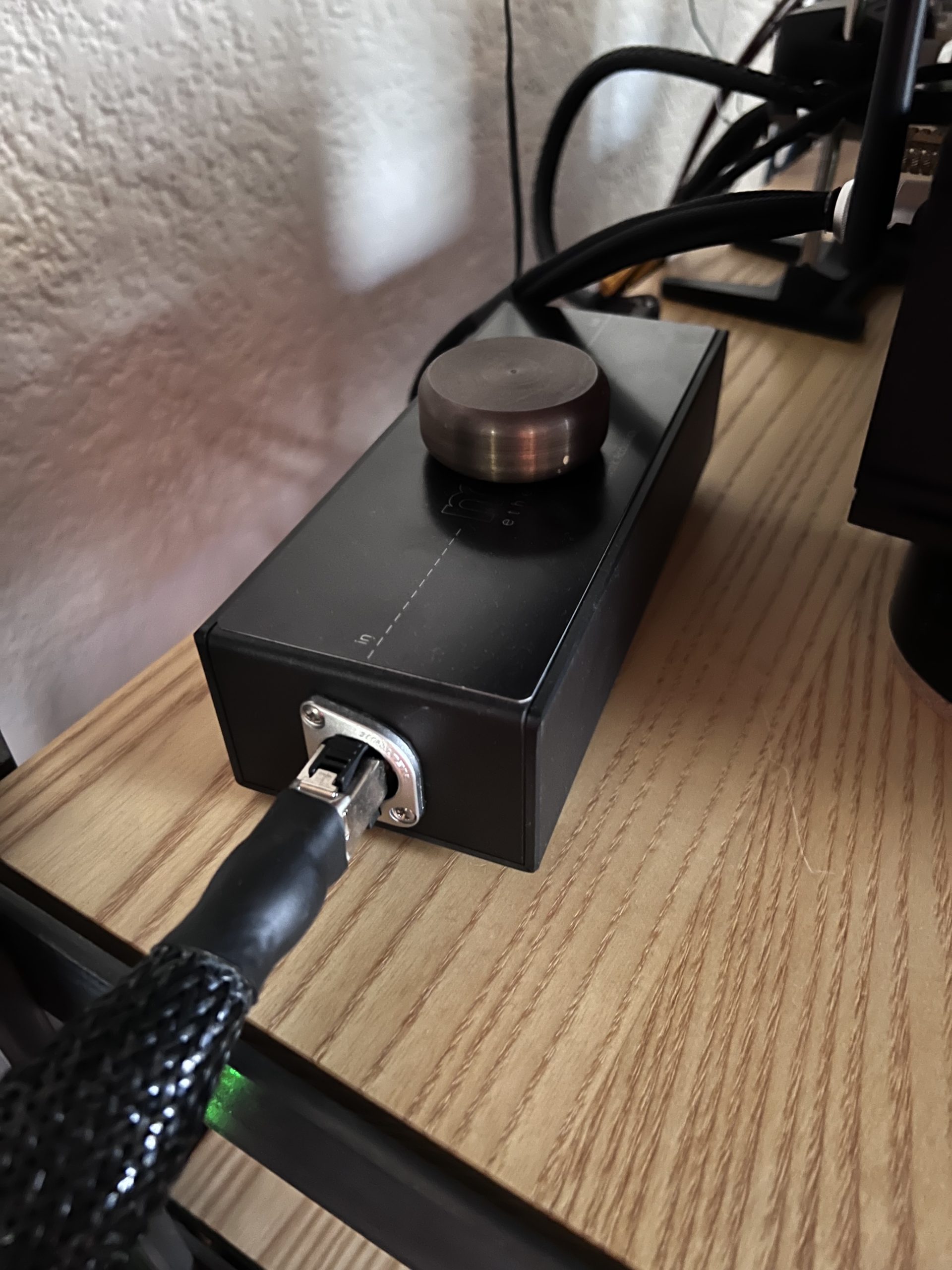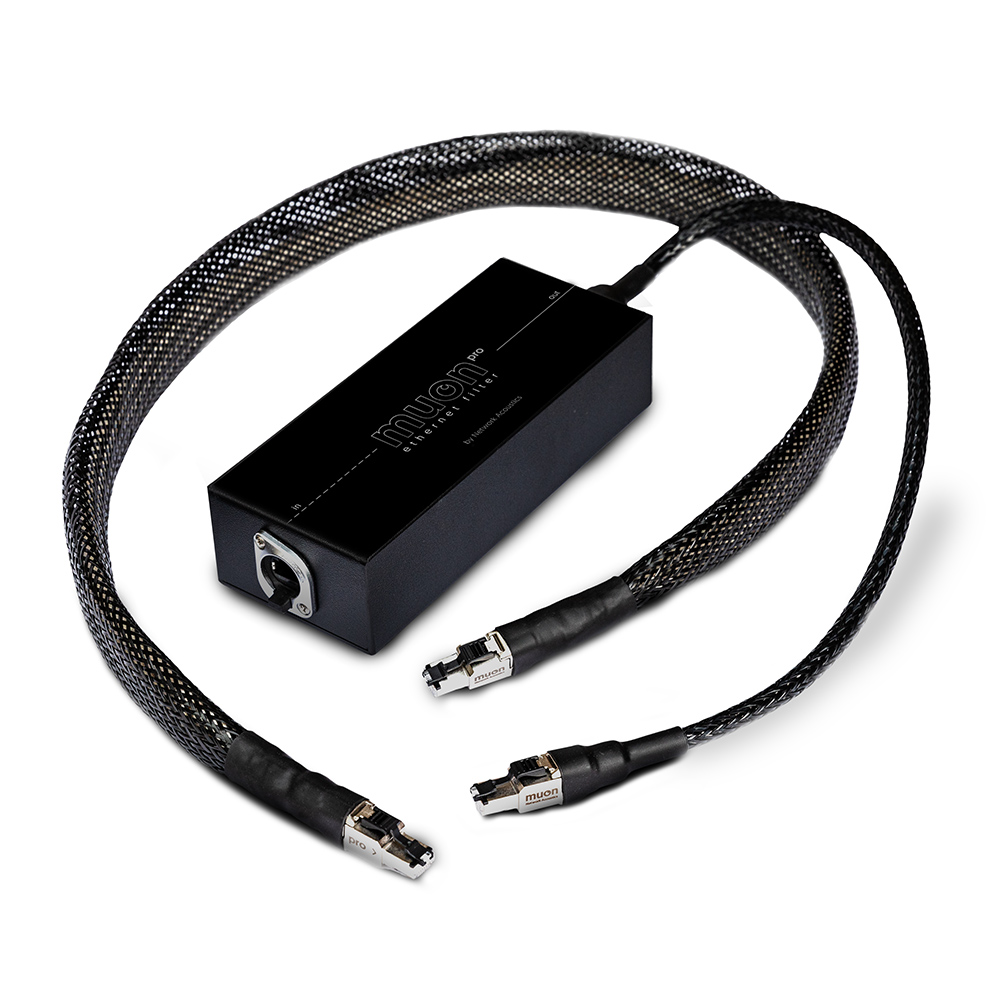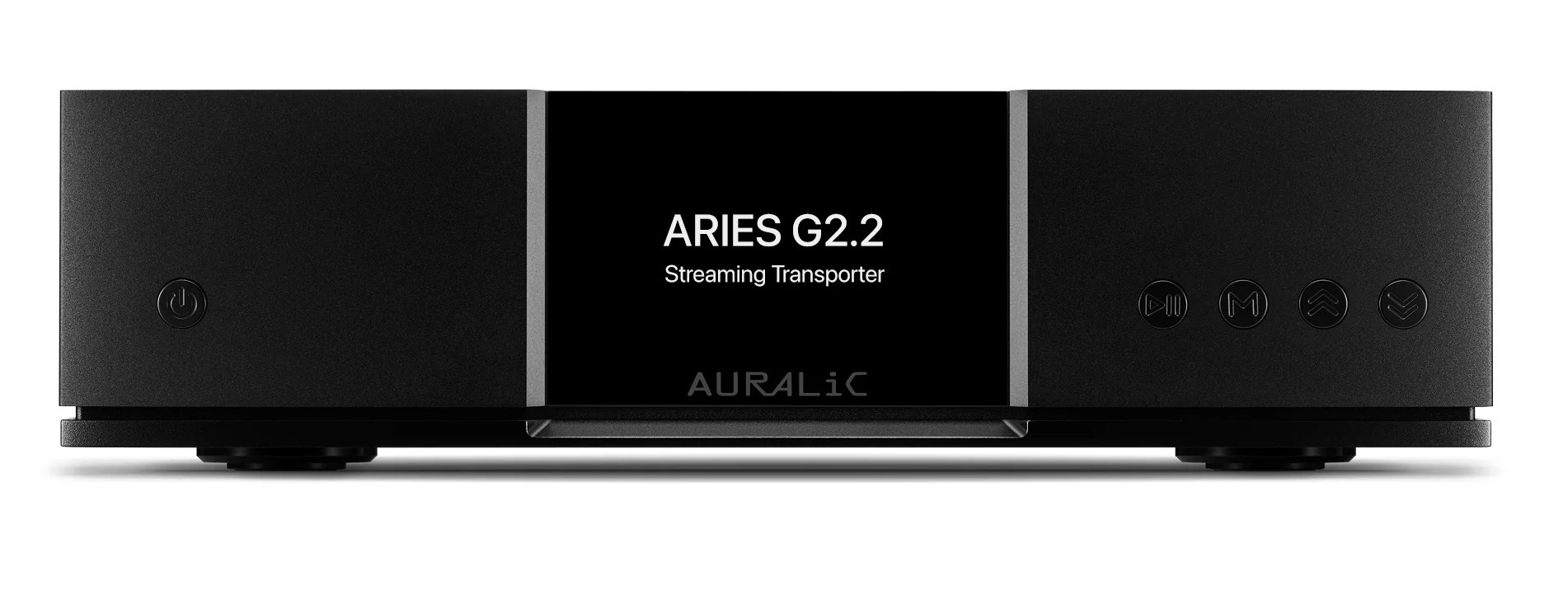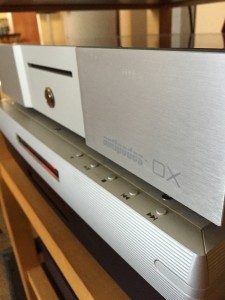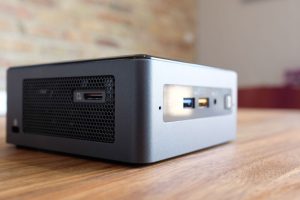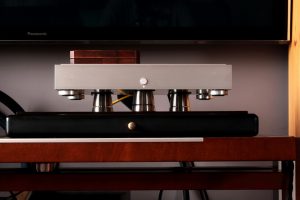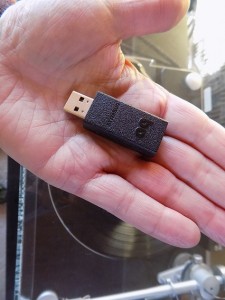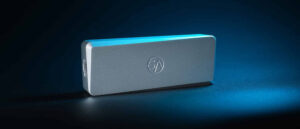For those of us who are pushing things in terms of what can we accomplish with playing our music back via files within some networked system, well… where does one stop? Or better yet, what else can one do to improve things?
Obviously, it starts with files whether ripped from a CD or sourced from some website. So, we do our best to rip files in a reasonable way and / or source files that seem to be as perfect as we can figure out. Getting files from the label or artist is always a good bet, and naturally the file format comes into play as well—wav, flac, aif, etc.
For the ripping, I use an OWC Mercury Pro 16X outboard drive connected to my PC via a USB cable from Curious Cables. The drive sits on three Vibrapods with a Shakti Stone on top. Additionally, all discs are blackened around the outside edges and then placed on a Furutech RD-2 demagnetizer. Ripping is done with dBPoweramp CD Ripper software. Okay, commence the slings and arrows… but yeah, this is what I do. Plus, I sleep better at night thinking that it matters and for me at least, I hear a difference.
Okay, so the files then go on the Integrita C4 NAS from Certon (HERE). This NAS was purpose built to address noise generated by the internal drives (electrical and vibrational) as well as noise and vibration form the outside. Fast and silent, the Integrita C4 is way cool.
From there the files are out to either the AURALiC Aries G2 with their own Lightening DS software (HERE), or the Antipodes CX with Roon's software (HERE). The Aries G2 goes direct USB to the PS Audio Directsream DAC, whereas the Antipodes CX (HERE) passes to the Sonore ultraRendu, then to the Sonore ultraDigital and then to the PS Audio Directsream DAC via HDMI. HDMI cable is from DH Labs. Killer HDMI cable too!
USB cables are (as the mood so moves me) from Skogrand, Black Cat, Sablon Audio, Cardas, Purist Audio, Furutech, JPlay, WyWires, Kubala-Sosna, Audience, Dynamic Designs, and… I think that is it.
Ethernet cables are from JPlay, Audioquest, Cardas, WireWorld, and Sablon Audio. I tend to stick to a "salad" of Cardas, WireWorld, and Sablon Audio between various pieces. Some cables tend to work better between this and that as opposed to another one.
The network switch that acts as a pathway routing everything is the AQVOX SE switch (HERE). It was clearly better than the stock Netgear switch I was using, even with the SBooster (HERE) acting as its power supply. And even with several Acoustic Revive lan isolators here and there. Yeah, the AQVOX does the music right.
Another SBooster powers the Netgear WiFi extender.
Everything is plugged into a PS Audio P20 Regenerator and various AC cords ranging from the Purist Audio Digital (Integrita), to the Sablon Panatela, to the Triode Wire Digital American Series (HERE), to Pangea's 14SE MKII (various LPS units), and Cardas's Clear (PS Audio P20) do the job in getting everything clean AC.
If you want the whole system. Then click on my name in the byline to this review. Doing so will open a window listing what I use here. Doing so with any of our writers in their articles or reviews does the same for them as well.
Alright, so at AXPONA, Kamal who handles SOtM in the US, asked me to audition their sNH-10G switch, but at the time I was like," Uh, no thanks, I just have way too much to handle at the moment, so will need to pass." Many months later and I get an email from May at SOtM in Korea asking the same. We sort things out and Kamal sends me the sNH-10G with the internal sCLK-EX clock board ($1500 or $800 without the clock) and the sPS-500 power supply ($500). In the package is the optional "better" copper DC cable. Nice. Better cables tend to make things… better.
In asking Kamal and May what's going on in the sNH-10G, this is what I could get…
- The sNH-10G is built from the ground up by SOtM.
- The main benefit of sNH-10G with the sCLK-EX clock board is its ability to sync the 10Mhz master clock signal with other external master clocks. Because it was created specifically for audio equipment, the purity of clock in the sNH-10G is really important since it directly affects the sound quality. In addition to its ultra-low noise regulator, the switch also has optical ports and a LED on/off feature.
- SOtM began development on the switch in 2017, in order to fill a need in the market for a quality, purpose-specific, audio switch which helps to eliminate the wide frequency band-width noise coming from the Ethernet signal.
- Each LAN port has filtering technology applied, which dramatically improves the sound quality. This is the same filtering technology applied to the iSO-CAT6.
Not a lot, but at least I found out that it is not an off the shelf unit from someone that has been modified to do whatever. Now, there is nothing wrong with that, as that is what most audiophile switches are… modified units from whomever they feel is the best to modify. The AQVOX SE is a prime example being a modified switch from D-Link. The AQVOX SE switch is well thought out with the appropriate mods and what not to improve things, and it sounds, performs, wonderfully well. The AQVOX SE is around $900 or so and is a steal for the price.
I do love this from the AQVOX site as to why they choose the D-Link switch…
We do not use the D-Link Switch as a base because it sounds better than other switches. The D-Link sounds just as bad as other models. We use the D-Link because our modifications are especially easy to implement here.
To all who think the unmodified D-Link is a good choice—it is not. Even a sophisticated power supply just helps a little, compared to the huge effect of our modifications. And if you have a good NAS source like a Melco, the unmodified D-Link even degrades the sound quality.
Now, reviewing switches is a real PITA. I have to turn off both the Aries G2 and Antipodes CX (and the Sonore units too), swap all the Ethernet cables, turn everything back on, then wait till whatever finds what it needs to play the files back. Not easy and not fast. Takes a good 10-15 mins to get this done and at my age, having to get behind the rack and work this to that is not as much fun as it seemed like when I was 20 years younger. Make that 5 years younger.
Even so, in playing various tracks, our first reaction to the sNH-10G being in the chain was simply more grunt to the music. The music simply came across as being more muscular and dynamic. We both looked at each other and made the same comment… whoa. "Sounds louder with more… grunt… more power."
Yeah, easy to discern and not trivial.
And vocals were presented with less sibilance and while simply coming across as smoother and easier to hear with what was being sung. Articulation without adding hype or coloration. Less noise and whatnot? Maybe. Sure. I dunno….
We liked what we were hearing.
Bass was bigger (deeper and with more oomph) and overall the music came across as being warmer and richer. Really nice. Everything simply had more presence and that palpable presence. Texture. Not night or day to what we hear with the AQVOX, but we appreciated what the sNH-10G brought to the table.
Okay…. Yeah.
Again, we liked what we were hearing.
For sure we have always felt that our system was stellar bass-wise, and yes, the P20 did improve things quite a bit, but the sNH-10G really moves things up, or would that be down, the ladder in terms of bass presence, depth, and control. Lower and better.
With certain tracks or artists, there are times I think I might want to turn the music down to not cause any harm to the speakers, but then think… screw that and turn it up a few more steps. It is just that good. Just that more engaging. This is nice.
But at twice the price of the AQVOX SE do you get twice the performance? Two times the improvements? Uh… no. Not sure much in the audio world works that way. But you do get a clear improvement with what one hears with their music. There are differences as noted, some we appreciated dearly, but in many cases the differences were rather differences and not necessarily improvements—really depends on what you want, what you want to hear. Both are excellent options to generic switches.
Things just sound better. Worth the differences? For us, yes. For you, no idea. That would be up to you to decide. Give it a try. You might end up as pleased as we are… or you might just say, no thanks.
So yeah, I get it…. a switch cannot, should not make a difference in the sound. In the music. Either it works or it does not. Either the bytes get from A to B or they don't. But that is network thinking, that is IT thinking… it is digital transmission thinking. Not music thinking. Not audio thinking. More here than just moving this signal from A to B and so we not fielding comments that dispute us for hearing what we hear. Nor those who are out to say that such things are a rip-off. If it does not work for you, if it falls outside of your experience, your comfort zone, okay, no problem. Move on. Thanks for reading just the same.
Okay so at this point, we are not sure what else we can do make our digital audio file system better. At this point we are pretty much finished. It sounds really damn good and we are happy. Highly recommended. Buying the one here, but then am also keeping the AQVOX SE. You know, like in case I want to switch back... . There are differences as noted, some we appreciated dearly, but in many cases the differences were rather moot. Both are excellent options to generic switches.
A number of albums that saw a lot of rotation during this review...
Massive Attack, Mezzanine Deluxe Edition
The Notwist, Superheroes, Ghostvillains & Stuff (Live)
New Order, (no,12k,lg,17mif) New Order + Liam Gillick: So It Goes
Thom Yorke, Anima
Flavor Crystals, Three
A Certain Ratio, ACR:BOX
SOtM
SOtM US
https://sotm-usa.com/




